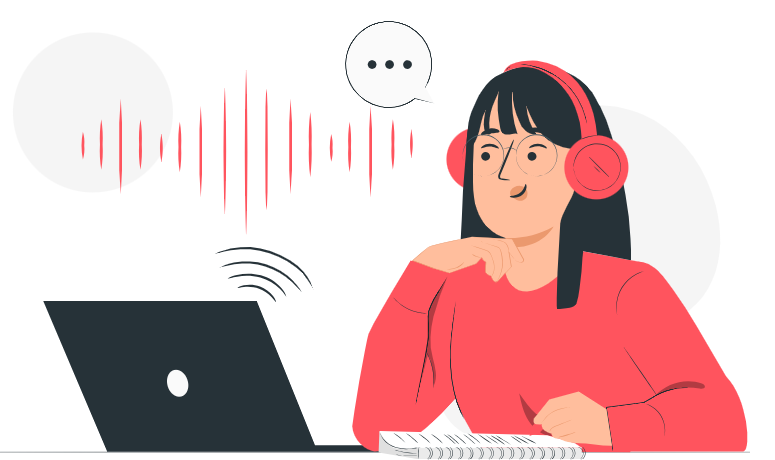Top 5 Tips for Extensive Listening
Willy Renandya, 12 Jan 2024
Extensive listening involves immersing yourself in easily understandable and enjoyable spoken content for extended periods, focusing on enjoyment and meaning rather than specific skill drills. Research shows that extensive listening improves students’ comprehension spoken language, which is a key foundation to supporting the development of their speaking fluency. I offers below practical tips on how you can incorporate extensive listening/viewing in your teaching.
Easy Text for Gradual Progression
For complete beginners, start with short snippets of everyday conversations or familiar children’s stories. Focus on understanding key words and common phrases. Slowly introduce slightly longer texts and stories with a wider vocabulary as their confidence grows. This allows them to build a foundation without feeling overwhelmed. For example, a beginner might start with a simple greeting like “Hello, my name is John,” before moving on to a short dialogue about ordering food at a restaurant.
Captivating Content for Active Engagement
Choose topics that align with your students’ interests or hobbies. This could be music reviews, sports commentary, or even scientific discoveries. Their curiosity will drive them to actively listen and understand the details. For example, if your students are passionate about animals, try listening to a podcast about endangered species or a documentary about animal behavior.
Shadowing: Bridging Listening and Speaking
Encourage students to practice shadowing at home, repeating what they hear after a slight delay. This helps them improve pronunciation, intonation, and rhythm, ultimately boosting their speaking fluency. For example, students can shadow along with news anchors or audiobook readings, mimicking their pace and tone of voice.
Subtitles: Stepping Stones to Enjoyment
Introduce subtitles as a temporary scaffold for understanding, especially when dealing with fast speech or unfamiliar accents. However, gradually encourage them to rely less on subtitles and focus on the audio alone. For example, for a challenging movie, students can begin with subtitles on, then watch it again focusing on the audio cues and body language to understand the meaning without visual support.
Narrow Listening for Deeper Learning
Encourage students to engage with multiple materials by the same author or on the same topic. This repetition exposes them to similar vocabulary and sentence structures, solidifying their understanding and building familiarity. For example, after listening to a TED Talk on climate change, students can explore related podcasts, news articles, or documentaries to gain a deeper perspective on the issue.
Remember, extensive listening should be an enjoyable and engaging experience. By providing accessible content, fostering curiosity, and offering support mechanisms like subtitles and shadowing, you can help your students become confident and enthusiastic listeners.
More resources

